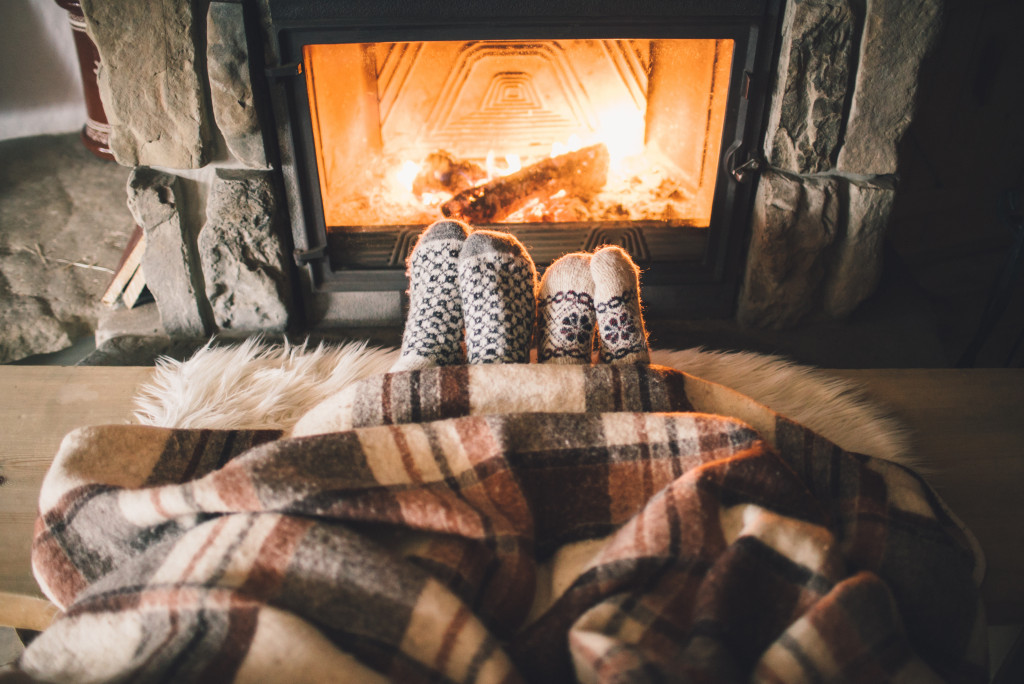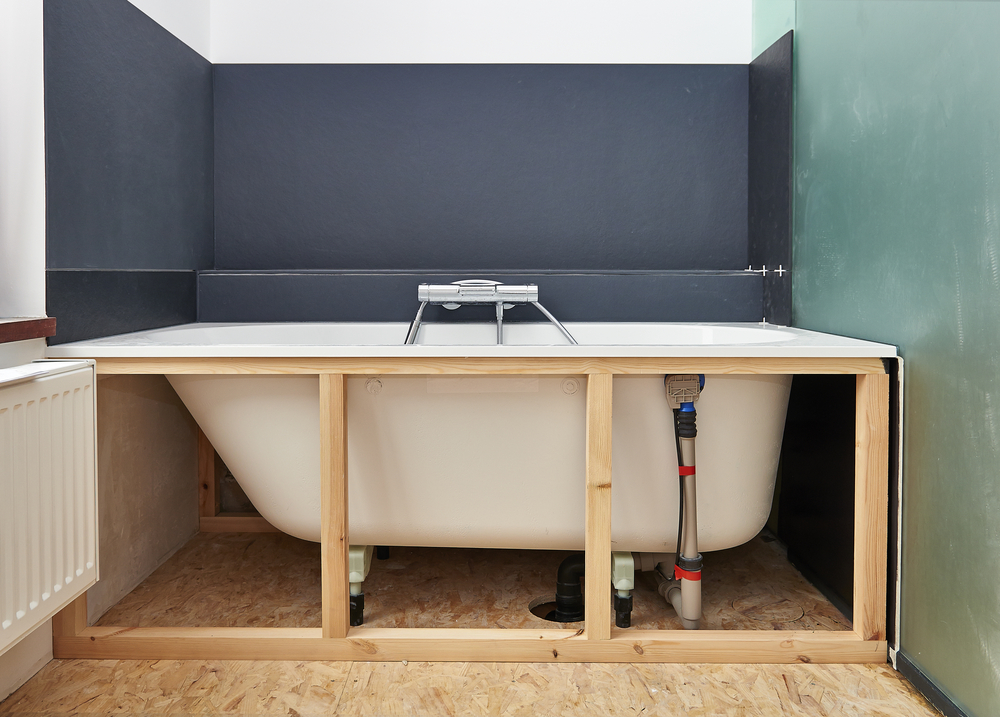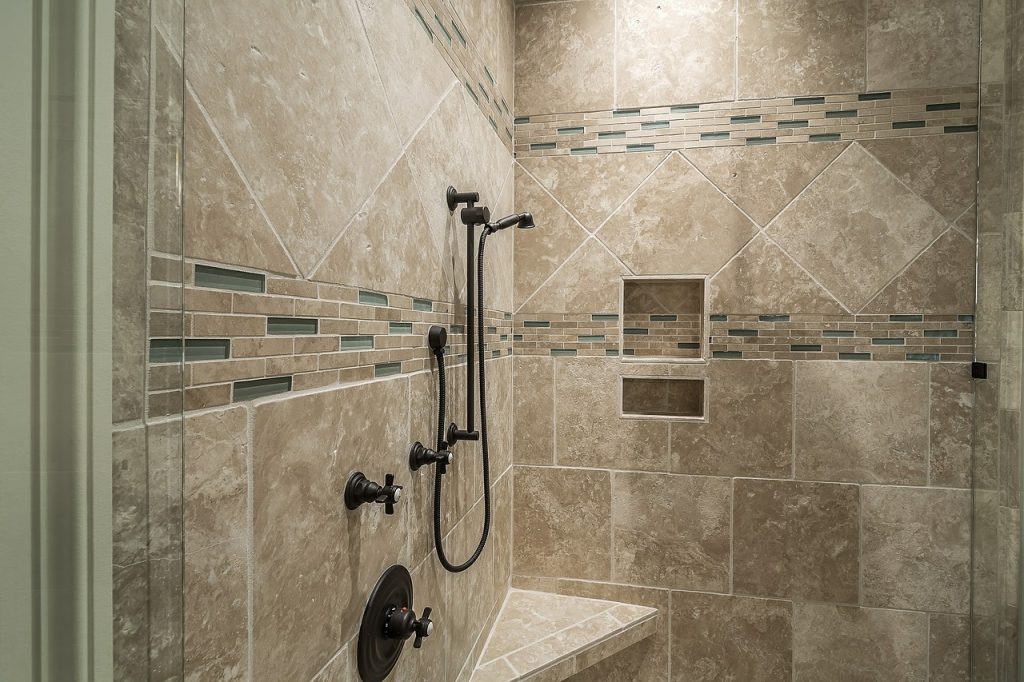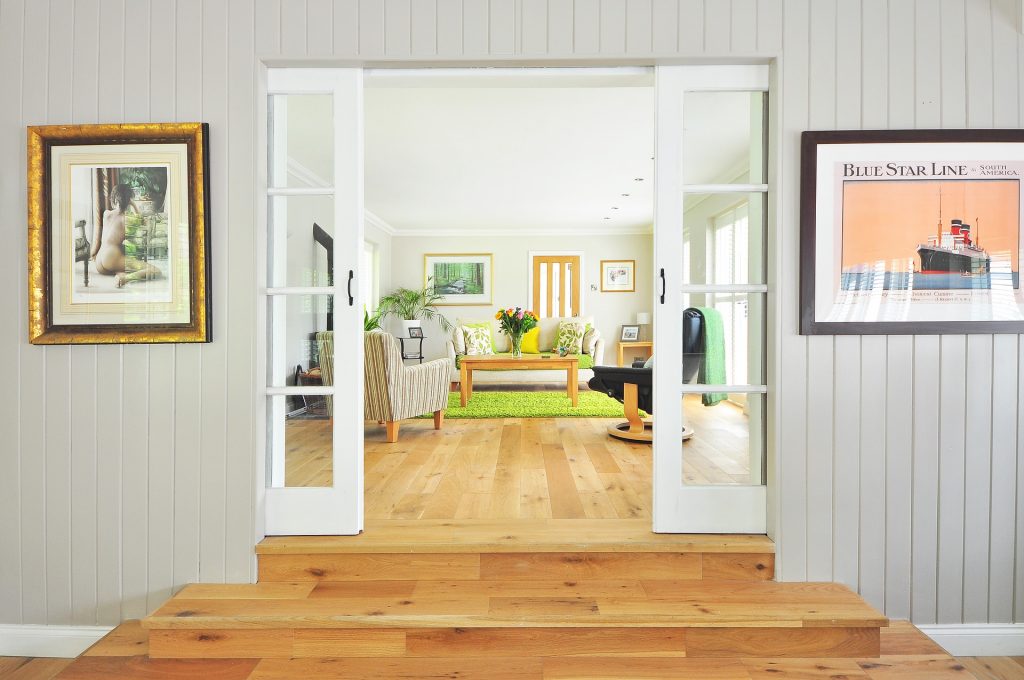The cold winter chill often forces people to stay inside their homes on most days. Some opt to stay in their cabins in the lake or the mountains to add a twist to their winter holidays. Cabins are perfect getaways to spend time with yourself or with loved ones. But to ensure that your cabin stay won’t be too chilly and uncomfy, it’s crucial to take some steps to winterize it.
The first thing to understand is that the winterization process can be a lot of work, especially if the cabin isn’t regularly maintained. Winter can bring nasty surprises that cannot only take a toll on your health but also on the cabin itself. In the snowy season, these are the things that you need to do for your cabin prep.
1. Winterize the pipes
Winter is terrible news for plumbing. Your pipes can freeze, burst, or get damaged, causing costly water problems in your cabin. As you know, pipes are not cheap, so it’s best to ensure that your entire plumbing system is protected during chilly months. Plumbing winterization is necessary regardless if you’re planning to stay in your cabin or not. Insulate your water lines or plumbing fixtures before winter comes. Ensure to drain your pipes and shut off your water lines on days you’re not staying in the cabin. To blow out the water, connect a hose to your plumbing and utilize an air compressor. You can also use antifreeze for your drains.
2. Prep your heat source
If your cabin is like most others that use electric heat or wood stoves, it’s vital that you prep them in advance. A wood stove will require more maintenance work from electrical heaters. Clean out or vacuum all ash and debris on your wood stove and check the glass window for cracks. You can also check out the owner’s manual of the stove to ensure everything is cleaned properly. If you’re just now planning to get a wood stove, have a professional install it and consider provincial regulations. A more convenient alternative is to rent portable heating equipment, which is perfect for temporary and emergency needs. You can check with your local heater providers to find out the best type of temporary heater for your cabin, particularly the square feet that it can cover.
3. Seal the windows
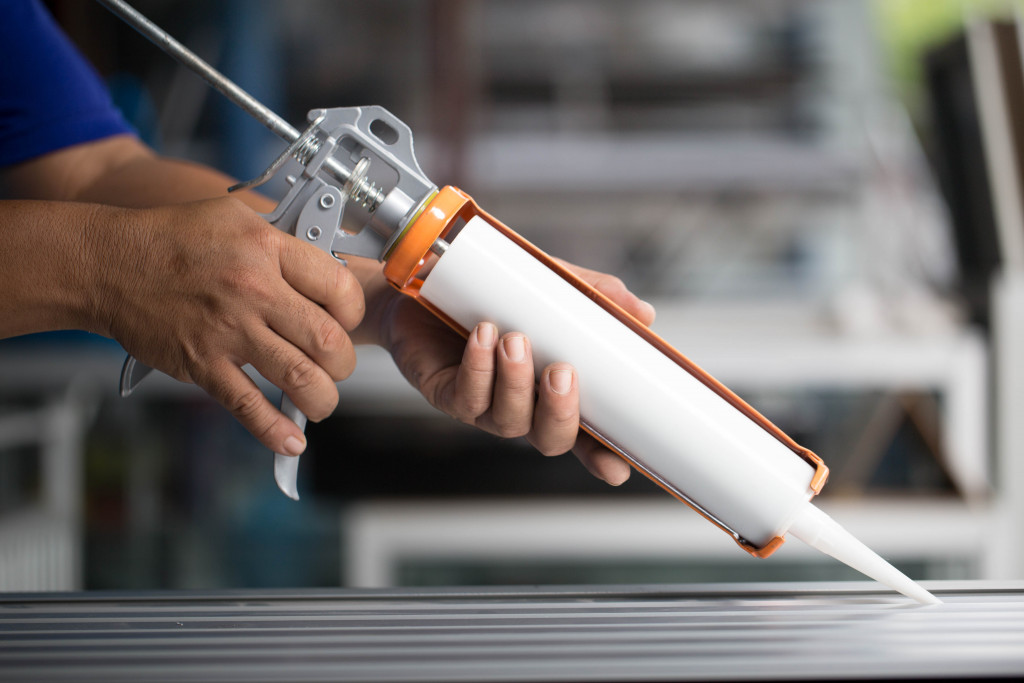
Another crucial thing to do is seal all the windows in your cabin. If there are suspected leaks, make sure to first caulk around the exterior perimeter to protect against winter drafts. Air leaking from your window frames can make it harder for you and your heater to warm up the house, especially during winter storms. As for long-term solutions, you can invest in storm windows as long as you don’t have the awning-style or casement type of windows. You can also seal gaps in your window frames and framing using spray-foam insulation. The work can get more complicated and more expensive if your cabin is old. You can also reduce window heat loss by installing window coverings or pull-down blinds to reduce heat loss.
4. Prepare for emergencies
A snowy vacation in the cabin is fun and chilly until an unexpected event like a power outage happens. The thing is, the cabin may be hours from help. The first thing to prepare is a basic first aid kit to help you deal with minor injuries such as burns and cuts. If you’ll travel for several hours, pack some over-the-counter anti-inflammatory or pain pills. You’d also need a repair kit that contains essential items such as duct tapes, baling wire, and sewing needles and thread. If you’re expecting power interruption while staying in the cabin, you can bring extra batteries, power banks, and food and water.
5. Add attic insulation
The ceiling part of a house or cabin accounts for over 25% of heat loss, which is why insulation is crucial. As you know, keeping a living space warm during winter is expensive. You can reduce the need to buy heating oil or natural gas by ensuring proper insulation in your cabin’s attic. In most cases, the cost for insulating an attic is around $1,700 to $2,000, depending on the installer’s fee, insulation material, and the attic’s square footage. You might also need to hire an electrician in case you need to insulate around electrical cables or boxes,
Doing all these may seem like too much work, but they can lessen the damage and headaches you’ll have on your stay. If you don’t have the right skills and tools to winterize the place, call on local professionals to get it done. It might cost extra money, but they can guarantee proper winterization jobs, from installing antifreeze solutions to your plumbing fixtures to adding insulation in the cabin.

